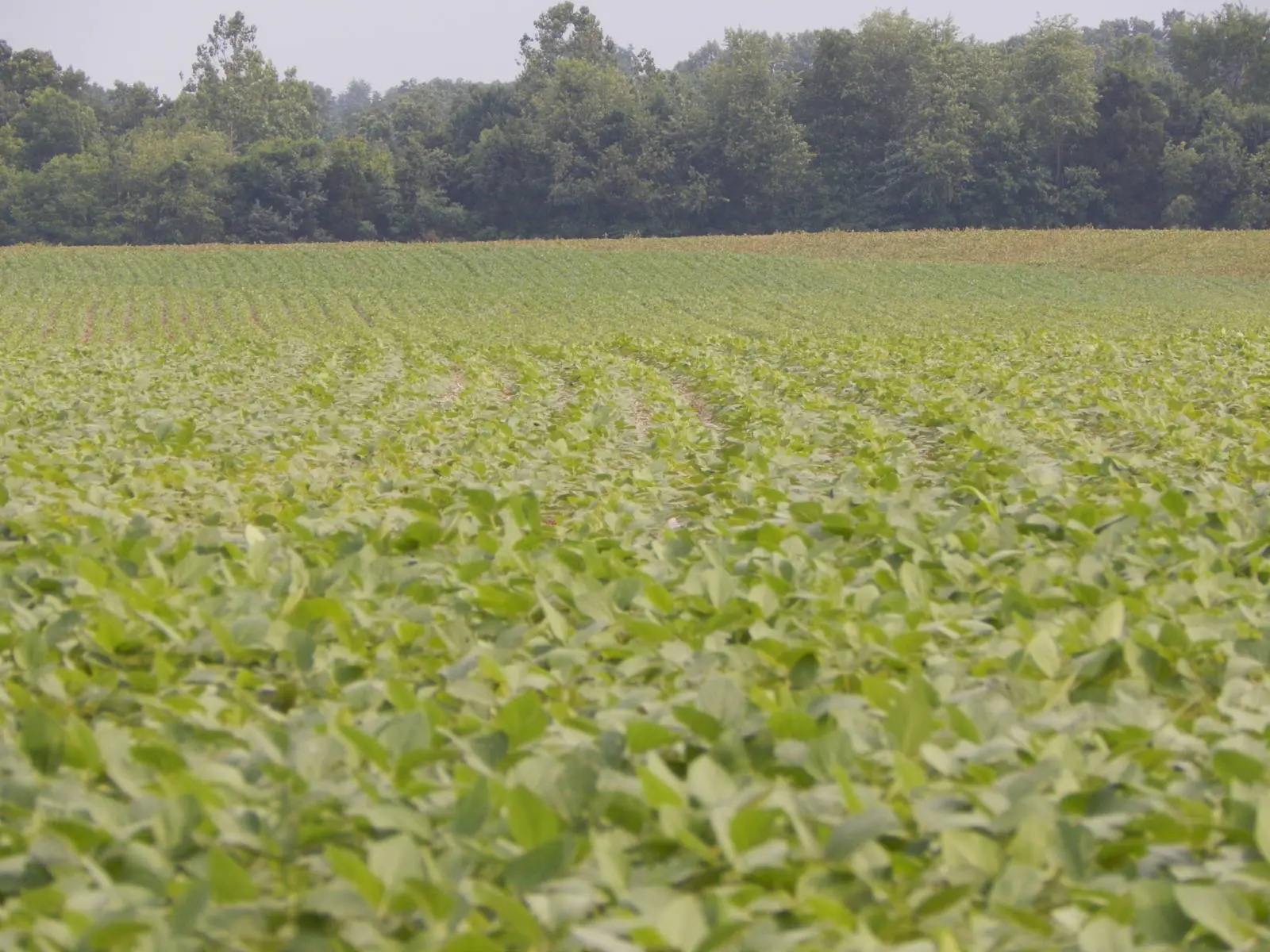It’s not enough to simply grow an exceptional product; there must be a market for that product once it’s harvested. Demand is strong, both at home and abroad. U.S. soy exports were valued at more than $24.7 billion last year. But, with competition from other countries and other crops, the checkoff, as a primary funding source of the U.S. Soybean Export Council (USSEC), is hard at work promoting the U.S. soy advantage title around the globe.

As end-user needs evolve, so does the way USSEC promotes U.S. soy around the world. It created the U.S. Soy Sustainability Assurance Protocol (SSAP) in 2012 as a way to demonstrate the sustainable way that U.S. soy is grown.
The SSAP demonstrates U.S. soy farmers’ commitment to sustainability and continuous improvement. It describes the regulations process and management practices that ensure sustainable soybean production – a key way U.S. soybean farmers demonstrate their commitment to sustainability and continuous improvement in stewardship of the land.
“From field to end use, demands for increased sustainability continue to prompt U.S. soybean farmers to boost their production standards,” says Jim Miller, USSEC chairman and Nebraska soybean farmer. “The SSAP is documenting this sustainability on a global level and proving that U.S. soybean farmers continue to deliver.”
And delivering they are. More than 11.4 million metric tons (MMT) of U.S. SSAP-verified soybeans, soybean meal and other soy products were shipped from the U.S. during the 2016–2017 marketing year.
“This milestone of U.S. shipment exceeded expectations, showing that sustainability continues to be a differentiator for end users,” Miller says. “The SSAP is tangible evidence of U.S. soybean farmers’ commitment to provide a quality, sustainable product that meets global demands for animal feed, human consumption and other uses.”
Meeting end-user needs with smart solutions like the SSAP is nothing new – but will continue to be a focus of the soy checkoff.
